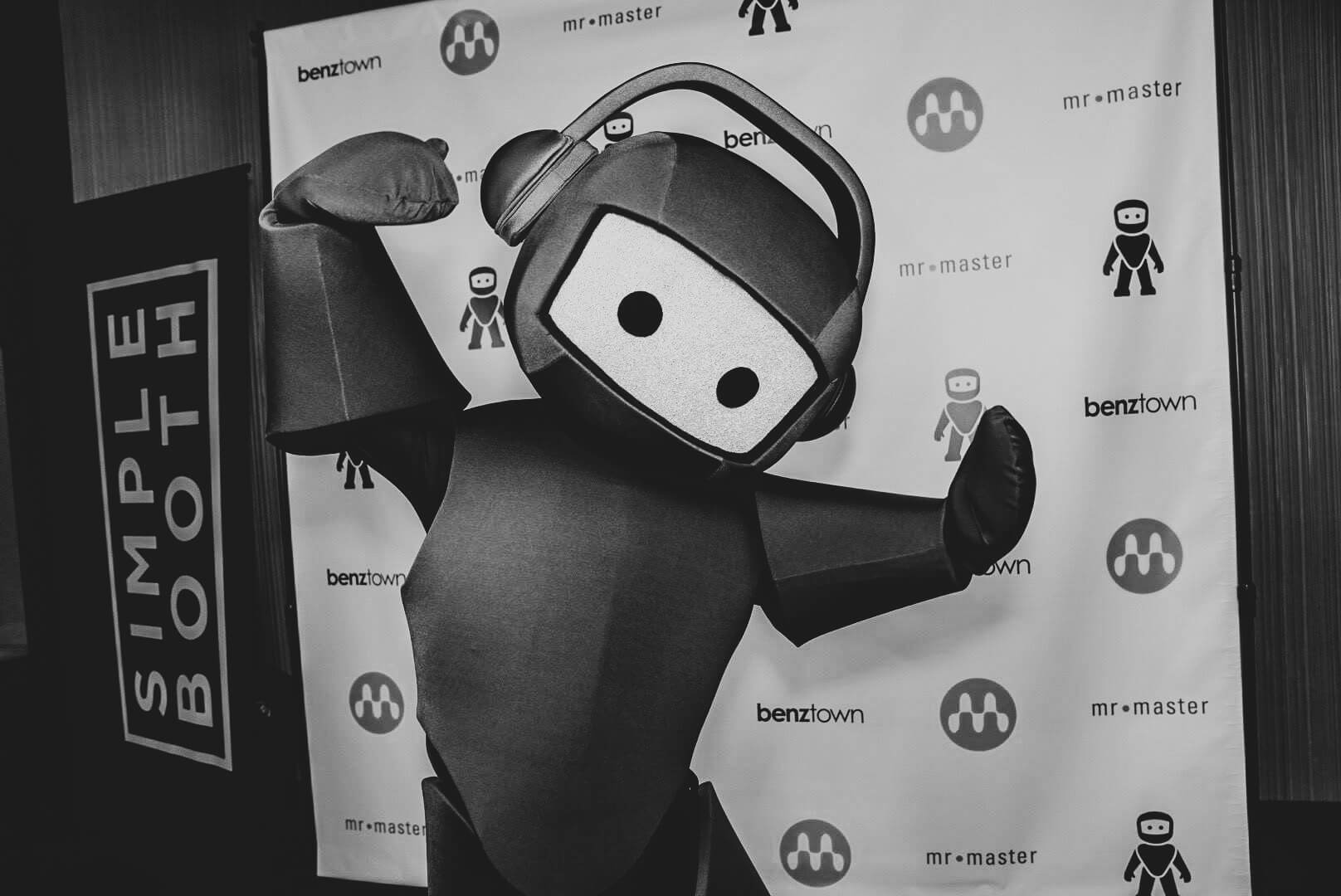Save Time with Keyboard Command Focus Mode – Andre’s Production…
Hi guys, it’s Andre.
It’s my 16th week now at the Benztown studios and today I’m telling you how to work faster and more effective.
Like most DAWs and many other programs, Pro Tools is packed with different shortcuts for almost every action.
Mastering the shortcuts will make you faster and better in working with Pro Tools.
Listing all these shortcuts would take me ages, so I’m concentrating on Keyboard Command Focus mode. It turns most of keys on the QWERTY keyboard into shortcuts, which don’t require you hold down a modifier key.
By clicking the [a…z] button (which is located below the zoom buttons), you can activate Keyboard Command Focus mode.
Also, I’m showing you other useful shortcuts, which can be performed with pressing just one key.
So check out the keys and a cool overview as picture.
Changing the Mode:
Shuffle Mode: “F1”
This will change into Shuffle Mode.
Slip Mode: “F2”
This will change into Slip Mode
Spot Mode: “F3”
This will change into Spot Mode
Grid Mode: “F4”
This will change into Grid Mode
Tools
Zoom Tool: “F5”
Change your cursor into zoom tool. Select the area and the zoom tool will exactly zoom the full area into your whole edit window.
Trimmer Tool: “F6”
Change your cursor into trimmer tool. With the trimmer tool, you can cut the selections.
Selector Tool: “F7”
Change your cursor into selector tool.
Grabber Tool: “F8”
Change your cursor into grabber tool.
Scrubber Tool: “F9”
Change your curosr into scrubber tool. A tool to listen to small areas of your track by moving the scrubber tool by hand. A great tool for finding little noises in voice tracks.
Pencil Tool: “F10”
Change your curosr into pencil tool.
Record: “F12”
Press “F12” for recording record enabled tracks
Zoom Functions
Zoom level 1-5: alpha keys ‘1’ to ‘5’
By using the numbers ‘1’ to ‘5’ on the main part of the keyboard (not the numeric keypad), you can access the five preset horizontal zoom settings.
Zoom toggle: ‘E’
This will zoom an edit selection to the width of the Edit window. If you press ‘E’ again, it will take you back to the previous zoom setting.
Center edit selection start: ‘Q’
This will put the start of an edit selection in the center of the Edit window.
Center timeline end: ‘W’
This will put the end of an edit selection in the center of the Edit window.
Zoom out horizontally: ‘R’
This is the same as going up to the toolbar and clicking on the zoom out button.
Zoom in horizontally: ‘T’
This is the same as going up to the toolbar and clicking on the zoom in button.
Play to, or from, an edit point by the pre- or post-roll settings: alpha keys ‘6’ to ‘9’
When you have a potential edit highlighted, this group of commands allows you to:
Play up to the selection using the pre-roll setting: alpha key ‘6’
Play from the start of the selection by the post-roll setting: alpha key ‘7’
Play up to the end of the selection by the pre-roll setting: alpha key ‘8’
Play from the end of the selection by the post-roll setting: alpha key ‘9’
Navigation Commands
Move edit selection up: ‘P’
This will move a selection from one track to the track above.
Move edit selection down: ‘;’
This will move a selection from one track to the track below
Tab back: ‘L’
This will move the cursor back to the previous region boundary or sync point on the same track.
Tab forward: ‘ (apostrophe)
This will move the cursor forward to the next region boundary or sync point on the same track.
Modifying Region Boundaries, Cutting And Pasting
Trim start: ‘A’
If you place the cursor into a region, pressing ‘A’ will delete the audio to the left of the cursor
Trim end: ‘S’
If you place the cursor into a region, pressing ‘A’ will delete the audio to the right of the cursor
Fade to start: ‘D’
When the cursor is placed into a region, pressing ‘D’ will create a fade-in from the start of the region to the position of the cursor
Fade: ‘F’
When a selection is highlighted, pressing ‘F’ will create a crossfade, without giving you the Fades dialogue window.
Fade to end: ‘G’
When the cursor is placed into a region, pressing ‘G’ will create a fade-out from the cursor position forward to the end of that region.
Cut and paste commands: ‘X’, ‘C’, ‘V’
In Commands Focus mode, the usual Cut (‘X’), Copy (‘C’) and Paste (‘V’) controls are available to you without the need to hold down the usual modifier keys.
Separate: ‘B’
This does the same as Command+’E’ on the Mac and Ctrl+’E’ on Windows. If you have the cursor placed in a region, pressing ‘B’ will create an cut at the cursor position.
If you have highlighted a selection, pressing ‘B’ will create cuts at both ends of the selection.
Toggle Settings
Timeline insertion follows playback on/off: ‘N’
This allows you to turn on and off ‘insertion follows playback’. With this preference on, the cursor will stay where it is when you stop playback and will continue on from that point when you hit Play. With it off, when you stop playback the cursor goes back to the point you started to play from. Before this shortcut was added to Pro Tools you had to go into the preferences to change this setting, which was a real pain.
Track view toggle: ‘-‘ (minus key on main keyboard)
This will toggle the track that the cursor is on from Waveform to Volume Graph and back. Perfect for quick volume changes.
And as a little bonus, here’s a overview of the one key shortcuts. Google for Pro Tools Keyboards and you’ll find special keyboards and keyboard stickers with the most important keyword commands

;)